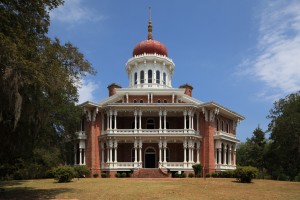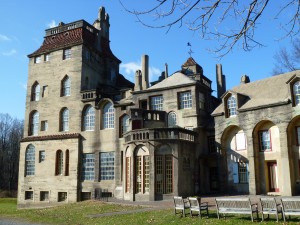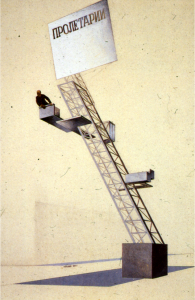Norten’s Taste
I attended a public lecture by my friend Enrique Norten last night. He described recent work: a museum in Puebla, a business school for Rutgers, and a city hall in Acapulco—all three competition winners, and all three under construction. All are impressive buildings in different ways. The museum is an addition shoe-horned into a historic complex of buildings, the university building is a self-conscious icon for a re-planned campus, and the capitol is an imaginative exercise in energy conservation. But what struck me is what he did not talk about, but which seemed to me an important aspect of his work: his Taste.



